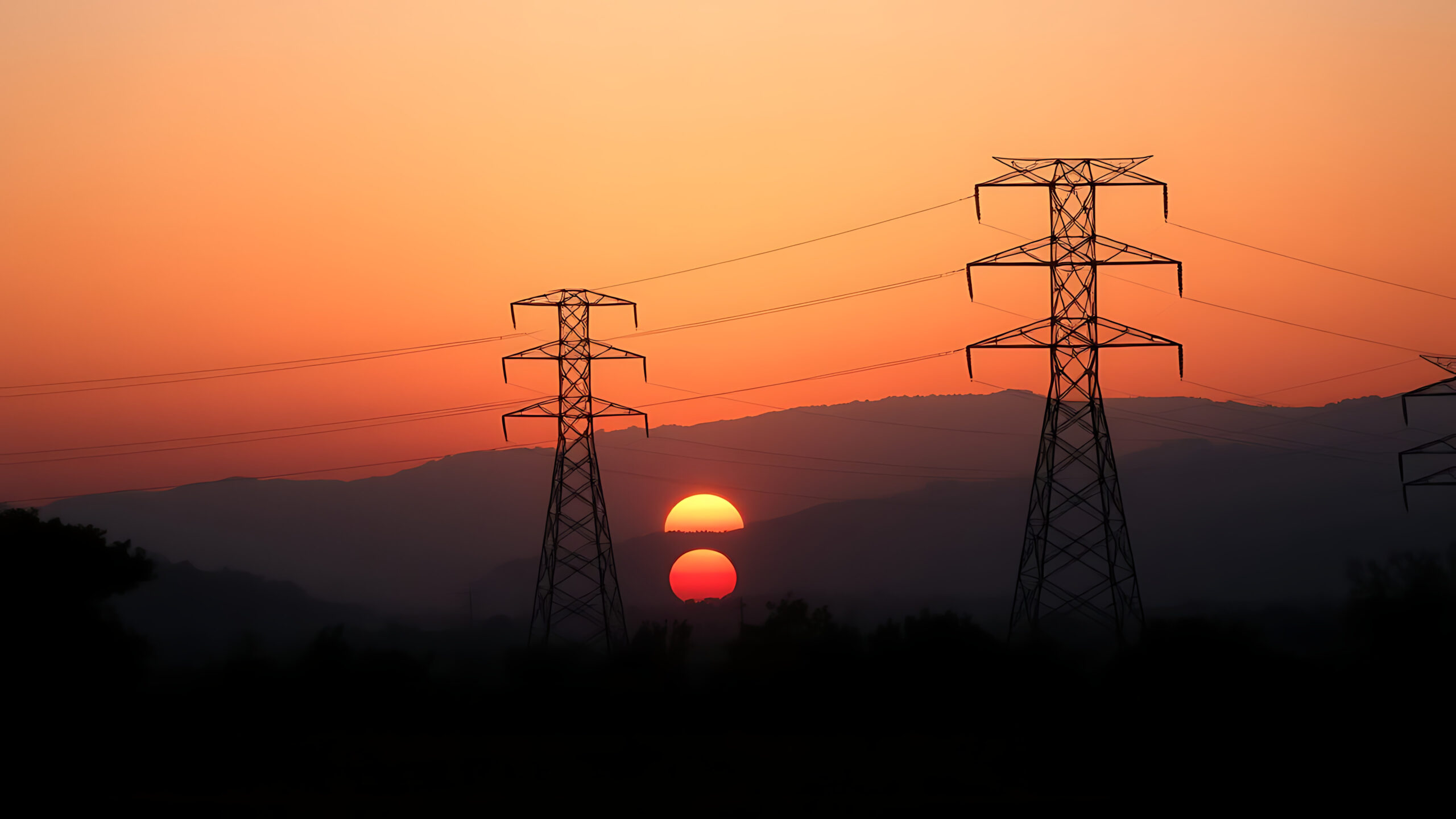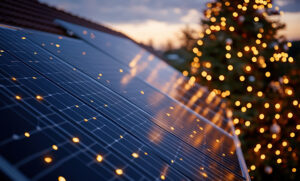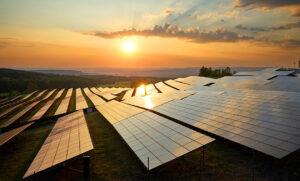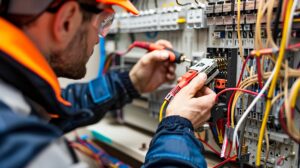California’s energy grid is under mounting pressure during the summer months. As temperatures rise, air conditioning use surges, wildfire risks escalate, and utilities often struggle to meet electricity demand. In recent years, rolling blackouts and Public Safety Power Shutoffs (PSPS) have become increasingly common—leaving many homeowners without power when they need it most.
This guide offers a technical, trustworthy overview of how California homeowners can proactively protect their homes from power disruptions. With a focus on energy reliability, smart backup systems, and solar integration, this article outlines actionable steps for building a resilient home energy strategy amid growing grid instability.
Why California’s Grid Faces Seasonal Strain
Each summer, California’s electricity grid experiences heightened stress due to a combination of high temperatures, increased power demand, and limited generation capacity. According to the California Independent System Operator (CAISO), peak loads during extreme heat waves can exceed 50,000 megawatts—pushing the grid to its limits.
Primary Factors Contributing to Summer Grid Stress:
- High Cooling Demand: Extended heat waves increase AC usage across residential and commercial buildings.
- Wildfire Mitigation: Utilities often initiate PSPS events to reduce the risk of power lines sparking fires.
- Intermittent Renewable Supply: Solar and wind contribute to the supply, but can drop off in the evening when demand remains high.
- Transmission Constraints: Aging infrastructure and regional limitations affect the ability to move electricity where it’s most needed.
The California Energy Commission (CEC) notes that from June to September, the risk of supply shortfalls increases significantly—especially between 4 PM and 9 PM. During these “net peak” hours, solar production falls and grid demand spikes, resulting in frequent strain on the power system.
The Risks to Homeowners During Rolling Blackouts
Rolling blackouts are intentional, temporary power outages implemented to protect grid integrity. While they prevent widespread system failure, they can leave homeowners vulnerable—particularly those relying on electricity for health equipment, food refrigeration, or home cooling.
Consequences of Summer Power Disruptions:
- Medical Risks: Loss of power can be dangerous for individuals who depend on powered medical devices.
- Food Spoilage: Refrigerators and freezers may be offline for hours.
- Communication Blackouts: Internet, phone, and security systems may go down.
- Indoor Heat Stress: Without functioning AC, homes can become dangerously hot—especially in areas like the Central Valley or Inland Empire.
The unpredictable nature of outages—often announced with little notice—makes preparation essential. Homeowners need energy systems that can respond immediately and reliably when the grid goes dark.
Protecting Your Home with Smart Energy Backup Systems
The most effective way to maintain power during summer disruptions is to install a battery backup system, ideally in combination with a solar energy system. Together, these technologies offer seamless protection and long-term energy resilience.
Heads up: The Federal Solar Investment Tax Credit (ITC)—currently covering 26% of your system cost—expires on December 31, 2025. California homeowners should secure solar + storage installations before then to capture full savings.
How Smart Backup Systems Work:
- Grid-Tied Solar + Battery: During the day, solar panels power the home and charge the battery. At night or during outages, the battery powers essential circuits.
- Critical Load Management: Smart electrical panels or subpanels direct stored energy only to designated appliances and outlets—extending backup time.
- Instant Islanding: Systems automatically disconnect from the grid during an outage and continue powering the home independently.
- Time-of-Use Optimization: Batteries can discharge during peak pricing hours to lower energy bills while preserving backup reserves.
Systems like the Tesla Powerwall, Enphase IQ Battery, and LG Chem RESU are designed specifically for residential use, with seamless transfer capabilities and mobile monitoring apps that provide visibility during grid events.
Advantages of Solar + Storage Under NEM 3.0
Under California’s Net Billing Tariff (NEM 3.0), exporting excess solar energy to the grid provides far less compensation than under previous programs. This has shifted the focus to self-consumption—using your solar energy onsite rather than selling it back.
Key Benefits:
- Energy Retention: Batteries store solar power for use when the grid is down or during expensive peak hours.
- Maximized ROI: Systems are designed to reduce grid reliance and maximize solar usage, aligning with current energy policy.
- Long-Term Resilience: Even during utility outages or PSPS events, homes with solar + storage maintain essential power.
According to the California Solar and Storage Association, over 70% of new residential solar installations in 2025 are now paired with battery storage. This trend reflects both financial and practical motivations as homeowners seek energy independence.
Additional Grid-Resilient Upgrades to Consider
Smart electrical infrastructure extends beyond batteries. Homes equipped with smart panels or energy management systems can further optimize power usage and backup performance.
Smart Energy Tools:
- Smart Electrical Panels: Allow remote control of circuits, real-time usage monitoring, and automatic load prioritization during outages.
- Critical Load Subpanels: Separate essential appliances so backup power is focused where it matters most.
- Home Energy Management Systems (HEMS): Integrate solar, batteries, EV charging, and smart appliances for automated scheduling and load balancing.
By coordinating these technologies, homeowners can ensure every watt of available energy is used strategically—especially during high-stress grid events.
Taking Action Before the Next Blackout
If your home experienced blackouts in previous summers, it’s time to prepare now. Rolling outages are no longer rare events—they’re becoming a predictable part of California’s summer energy profile. Installing a well-designed backup system not only protects your household but also supports the grid by reducing demand during peak periods.
At Sunlight Electrical Solutions, we specialize in residential energy systems that prioritize reliability, compliance, and long-term savings. Our solar + battery installations are tailored to California’s latest energy policies, including NEM 3.0 and Title 24 requirements. We also install smart panels and critical load subpanels to help customers fully control and optimize their energy usage.
For lasting peace of mind, we offer Solar Insure’s Total 30 and Solar 30 warranties, providing 30 years of coverage on system performance and monitoring. This protection ensures your investment continues to serve your home reliably—even as energy conditions evolve.
To speak with our team about a solar + storage solution or resilient energy system design, contact us today.







